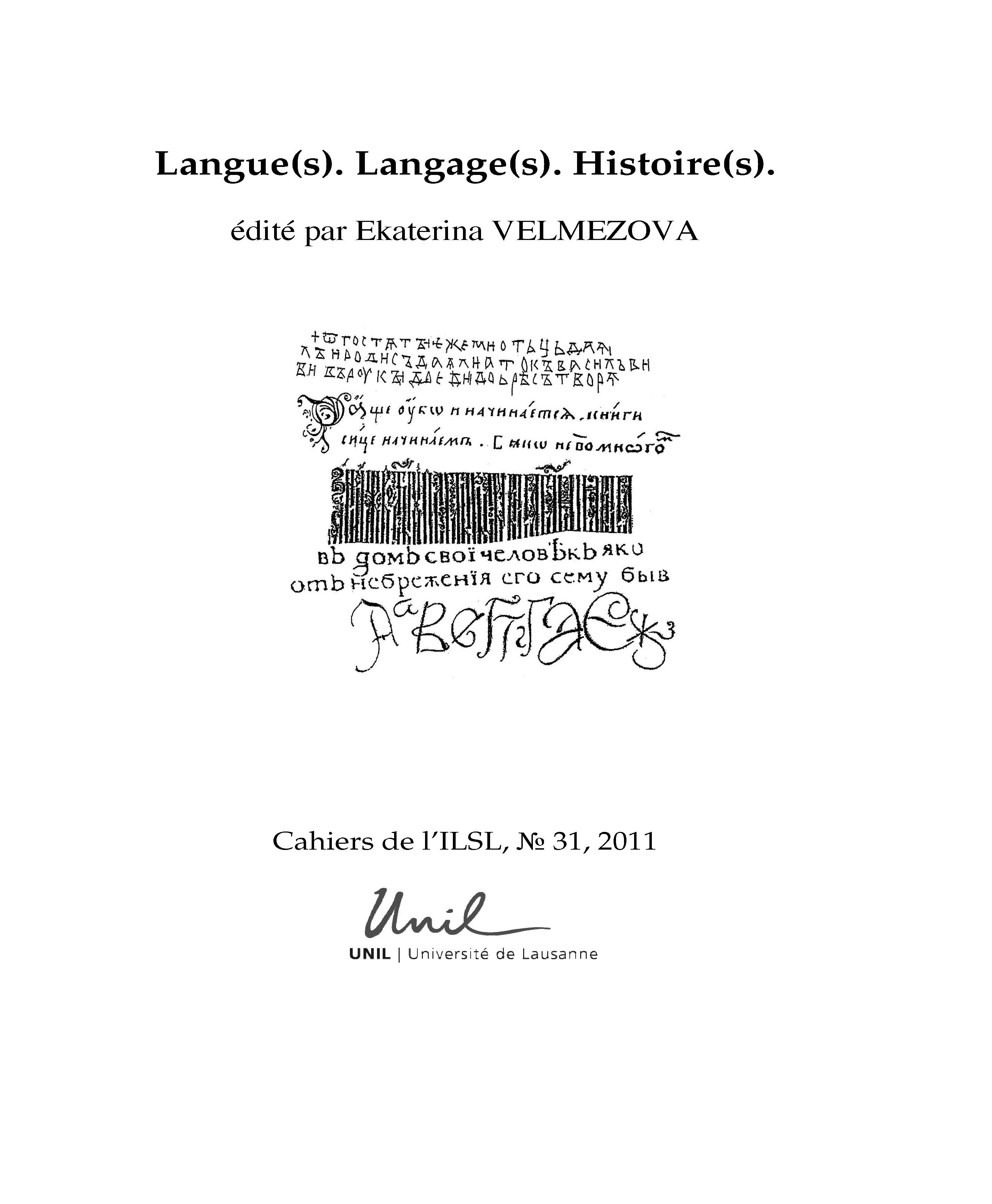Abstract
"This paper aims to highlight the figure of S. Karcevskij, a Russian linguist usually mentioned by historians of linguistics for having introduced Saussure’s theory to the Russians, but who was not appreciated enough for his own linguistic achieve- ments. Karcevskij, who studied in Geneva from the beginning of 1900 as a pupil of Saussure, Bally and Sechehaye, not only adopted Saussure’s method, applying it to the analysis of the Russian language, but also developed one of the basic concepts of the Cours de linguistique générale: the definition of sign. Karcevskij analyses the relationship between the signifiant and the signifié from a dynamic point of view. He observes that they are linked in a sort of unstable balance, which gives the signifiant the possibility to shift towards other signifiés, creating homonyms of the given sign, while the signifié has the possibility to acquire new signifiants, creating synonyms of the given sign. Karcevskij calls the precarious balance between
«form» and «function» an «asymmetrical dualism of the linguistic sign». Karcevskij emphasizes that this asymmetrical dualism paves the way to linguistic changes. This concept was already present in Saussure’s Cours but was not analysed to the
same extent as in Karcevskij’s work."

This work is licensed under a Creative Commons Attribution 4.0 International License.
